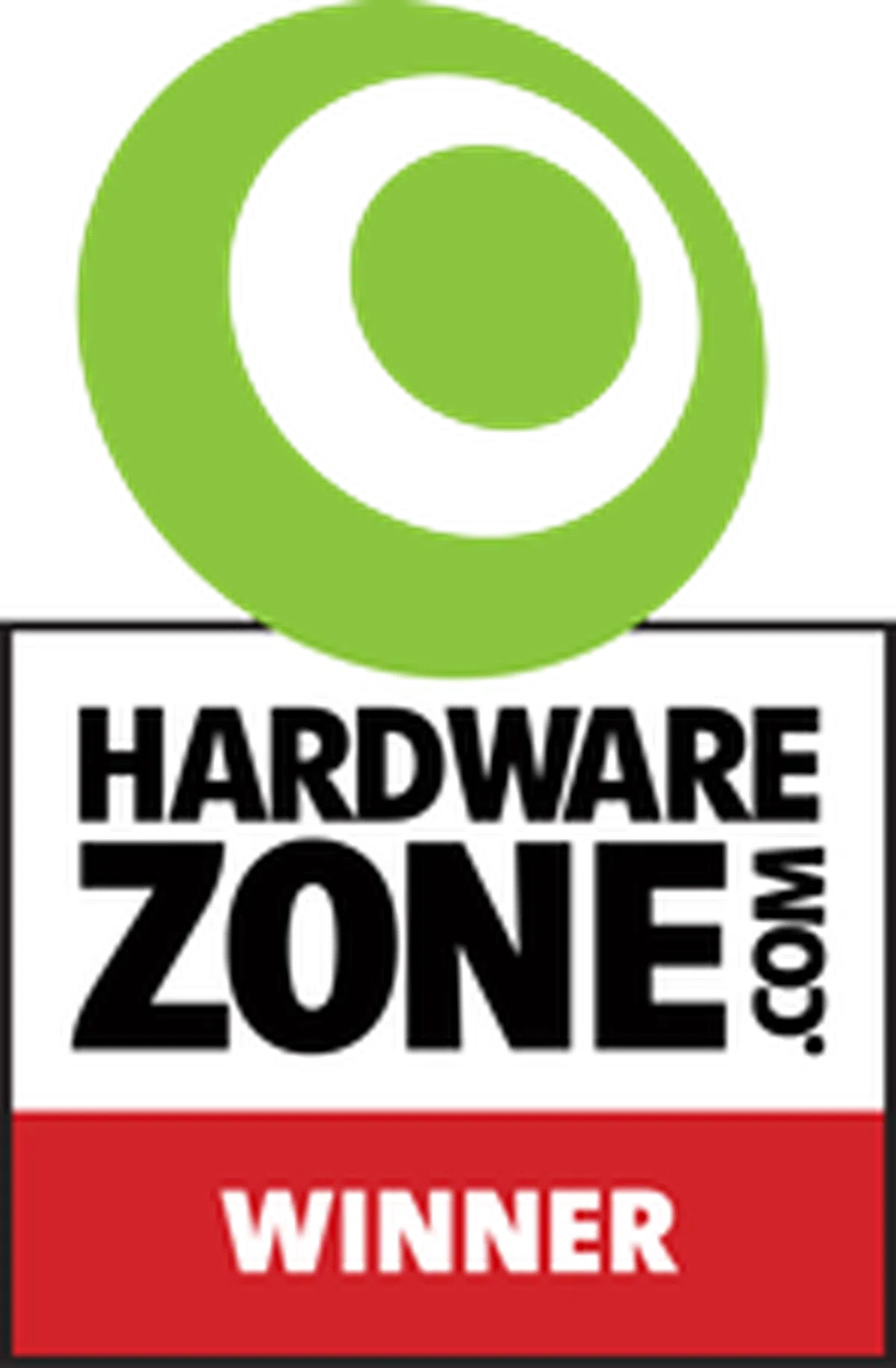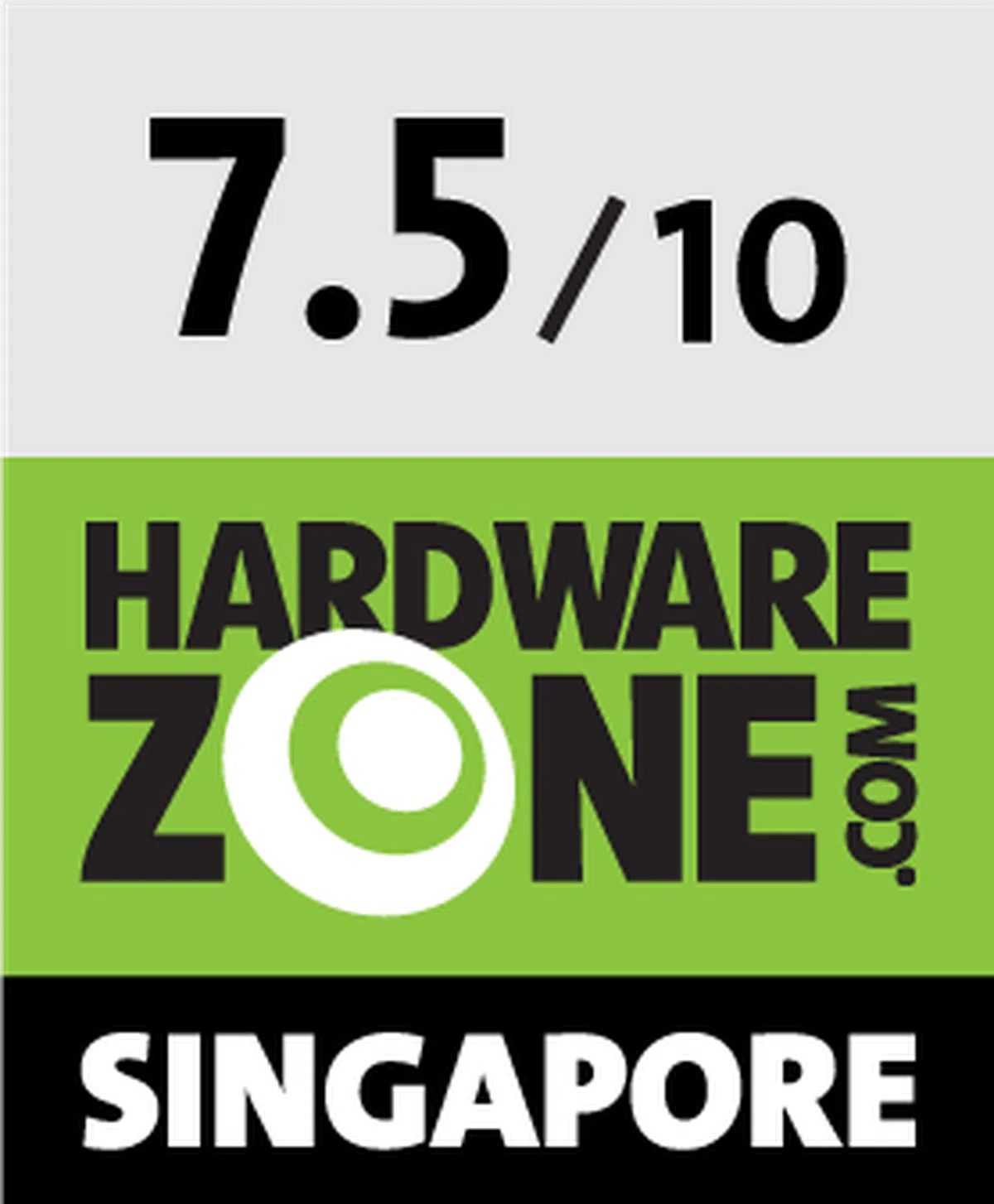Mid-range DSLRs compared: Nikon D5600 vs. Canon 77D
We put Canon's latest mid-range DSLR camera to the test against its Nikon counterpart, to find out which one fits you best.
Note: This artcle was first published on the 12th May 2017.

When the Nikon D5600 meets the Canon 77D
The Nikon D5600 and the Canon 77D are two of the latest mid-range cropped APS-C format cameras for their respective companies. Yet, while the D5600 is a clear successor to 2015’s D5500, the 77D slots in between the prosumer 80D and the entry-level 800D as a mid-range option for intermediate beginners looking to move up. In essence, more controls at a slightly lower price compared to the 80D.
Here’s how Canon’s APS-C sensor lineup compares against Nikon’s:
Canon:

From L to R: EOS 7D Mark II, EOS 80D, EOS 77D, EOS 800D, EOS 1300D
Nikon:

From L to R: D500, D7500, D5600, D3400
As you can see, there’s a bit of overlap at the lower end, but the EOS 77D does line-up better against the D5600. Both sport resolutions of 24.2MP, with native ISO ranges from 100—25,600. They also have similar continuous shooting rates: The EOS 77D will do up to 6.0 frames per second (fps), while the D5600 does up to 5.0 fps.
Both cameras do seem to be more than capable options for their target audience, but which would be the better option for someone looking to get more serious about photography? We put them to the test to find out. But first, here's how the two stack up against each other.

Design and handling: Canon EOS 77D
The EOS 77D is best described as a “tweener,” sitting smack between the EOS 80D and the EOS 800D. In terms of size, it measures 131.0 x 99.9 x 76.2mm and weighs 493g (body only). That’s a bit smaller than the EOS 80D which measures 139.0 x 105.2 x 78.5mm and weighs 650g (body only), but exactly the same size and about the same weight as the 800D which measures 131.0 x 99.9 x 76.2mm and weighs 485g (body only).
When it comes to layout, the EOS 77D shares more in common with the EOS 800D than with the EOS 80D. The sole difference is the inclusion of an LCD info display in place of the mode dial, which has been moved to the left of the camera. The light weight and small size of the EOS 77D make it easy to grip with one hand.

In terms of functional upgrades, all three use the same 24MP APS-C CMOS sensor, but the EOS 77D gains Canon’s latest Digic 7 image processor which helps both with Live View shooting and subject tracking performance. Like the EOS 80D, the EOS 77D sports a 45-point all-cross-type phase detect system and uses Canon’s Dual Pixel CMOS AF system, thus ensuring speedy focus no matter if you’re shooting via Live View or the viewfinder.

Go through the menus with just a few taps.

A flip-out LCD lets you use the camera from virtually any angle.
The EOS 77D also maintains the excellent rear LCD with swivel and touch, allowing you to go through the menus and various settings of the camera by touch. Combine that with the Q menu interface, and you have a screen that lets you quickly and easily access all of your most used features on the camera. Review images taken with the EOS 77D just as you would on a smartphone, with pinch to zoom, and the ability to swipe from one image to the next.

Design and handling: Nikon D5600
The D5600 takes over from Nikon’s D5500 as their step-up camera. Not much has changed with the D5600, which is a good thing given how we liked the handling of the D5500. The swivel rear LCD with touch is still there; as is the touch Fn feature that lets you switch focus points by running your finger across the rear LCD. The handy i menu is also still there, with handy guide images to show you what each function is meant to adjust, and the resulting effect.

Like the 77D, the D5600 also lets you go through menus with touch.
Even the internals seem mostly similar, as the D5600 has the same EXPEED 4 Imaging engine and Nikon Multi-CAM 4800DX autofocus sensor module with 39 focus points (9 cross-type) as the D5500. At the heart of it all seems to be the same 24.2MP DX-format APS-C sized sensor without OLPF, and the ISO range is still 100-25,600. Even the continuous shooting rate remains the same, starting at 3 fps and maxing out at 5 fps.
Both cameras also offer built-in Wi-Fi connectivity for transferring images to your computer, but what’s new in the D5600 is the support for Nikon’s SnapBridge. This is a low-energy Bluetooth connection that allows your camera to stay connected to your smart device, transferring every shot you take, or allowing you to use it as a remote control of sorts.

There's no second control dial on the d5600. You'll have to hold down a button to toggle between aperture and shutter controls.
It’s Nikon’s answer to using mobile phone cameras for social media, and we would say it probably works for people who are into fast sharing. The D5600 with kit lens is a small enough combination that you can easily stuff it into a small bag, so you won’t have to put too much effort to bring it along.
The other difference would be price – whereas the D5500 was retailing for S$1,229 with the AF-S DX Nikkor 18-55 f/3.5-5.6G VR II, the D5600 is going for just S$1,199. Making it quite the budget performer considering it costs less than Sony’s S$1,499 RX 100V compact camera.
Imaging performance compared

In terms of autofocus speed and responsiveness, both cameras were neck-to-neck, with the EOS 77D being slightly faster when focusing in Live View and Video modes. Point to Canon’s Dual Pixel CMOS AF system. The recent rains led to some gloomy shooting conditions, but both cameras still continued to perform well despite the lower light levels, picking up focus quickly and accurately.
Lower overall environmental lighting levels also means the propensity for backlit scenarios become greater. As you can see in this shot of the dragon sculpture, when faced with a backlit situation the D5600 tends to expose to preserve highlight information, while the EOS 77D gives you a more general exposure that looks closer to what our eyes see.

35mm at f/22, 1/60s, ISO 800 (EOS 77D)

34mm at f/22, 1/50s, ISO 640 (D5600)
Despite both cameras sporting 24MP image sensors, the images from the EOS 77D seem a tad sharper. The EOS 77D is a bit better in terms of high ISO performance too, with the images holding more detail, less obvious color noise and softness from in-camera noise reduction.
From our testing, both cameras start to exhibit detail loss from ISO 3200 onwards. Color noise does seem to be well controlled throughout the ISO range with just hints of it starting to show from ISO 6400. However, we wouldn’t recommend using either of these cameras above ISO 12,800 unless absolutely necessary, as the detail loss from noise reduction in both cameras is quite evident.

35mm at f/8.0, 1/200s. ISO 25,600 (EOS 77D)

100% crop (EOS 77D)

35mm at f/8.0, 1/250s, ISO 25,600 (D5600)

100% crop (D5600)
Take this test shot of our studio scene for example. At ISO 25,600, there is clearly plenty of detail loss as can be seen from the writing on both bottles on either side of the picture. It seems like the EOS 77D does a better job of suppressing color noise here, even though the image has quite a bit of yellow. Looking at the writing on the bottle at the right of the frame, you can still just about make out the writing on the label, whereas this is smudged beyond legibility in the shot from the D5600. Taking a look at the little Zelda figurine here, you can again see how the EOS 77D holds just a bit more detail than the D5600, especially around the edges.
Sample images
The sample photographs below were shot with the Canon EOS 77D and the Nikon D5600. The photos have not been post-processed and are copyright to SPH Magazines. They are provided for your reference only and we ask that you do not reproduce them elsewhere.
Mural

27mm at f/5.6, 1/60s, ISO 100 (EOS 77D)

100% crop (EOS 77D)

26mm at f/5.6, 1/60s, ISO 100 (D5600)

100% crop (D5600)
Flower

35mm at f/5.6, 1/80s, ISO 100 (EOS 77D)

100% crop (EOS 77D)

35mm at f/5.6, 1/100s, ISO 100 (D5600)

100% crop (D5600)
Tulip patch

18mm at f/5.6, 1/40s, ISO 500

100% crop (EOS 77D)

20mm at f/5.6, 1/30s, ISO 280 (Nikon D5600)

100% crop (D5600)

The Canon EOS 77D’s design and Live View AF wins us over
Overall, we’d say the Canon EOS 77D produced more pleasant images with better sharpness and colors in all of the various situations we put the cameras in. It seemed just a bit faster to focus in every situation and, more crucially, picked better AF points when placed in Zone focus mode. Live View Focus seems faster too, and that translates to better movie recording performance.
Given how the two cameras are virtually the same size, we appreciate the more advanced physical controls you get with the EOS 77D. Canon has managed to pack in a top LCD display, separate dials for aperture and shutter control, and dedicated buttons for ISO and autofocus mode selection into a tiny body.
There are also shortcut keys for White Balance, Drive mode, and AF type selection to go along with the excellent Q menu, making changing settings a snap. The physical layout of controls is also better, with more obviously labeled controls, and a good number of function buttons like a dedicated AF-ON button and a separate button for activating Wi-Fi.
The kit set with EF-S 18-55 IS STM might be S$250 more expensive than the D5600’s equivalent kit (which retails for S$1,199), but if you consider that it offers a smoother transition to a more advanced model later on with its pro-like controls, you’ll probably agree that the price differential is worth it.
Overall, if you’re looking to get yourself deeper into photography and want to experiment more with manual controls, we’d pick the Canon EOS 77D.
Our Scoring
EOS 77D | Nikon D5600 | |
Performance | 8.0 | 7.5 |
Design | 8.0 | 7.5 |
Features | 8.0 | 8.0 |
User-friendliness | 8.5 | 8.0 |
Value | 7.5 | 7.5 |
Overall | 8.0 | 7.5 |



